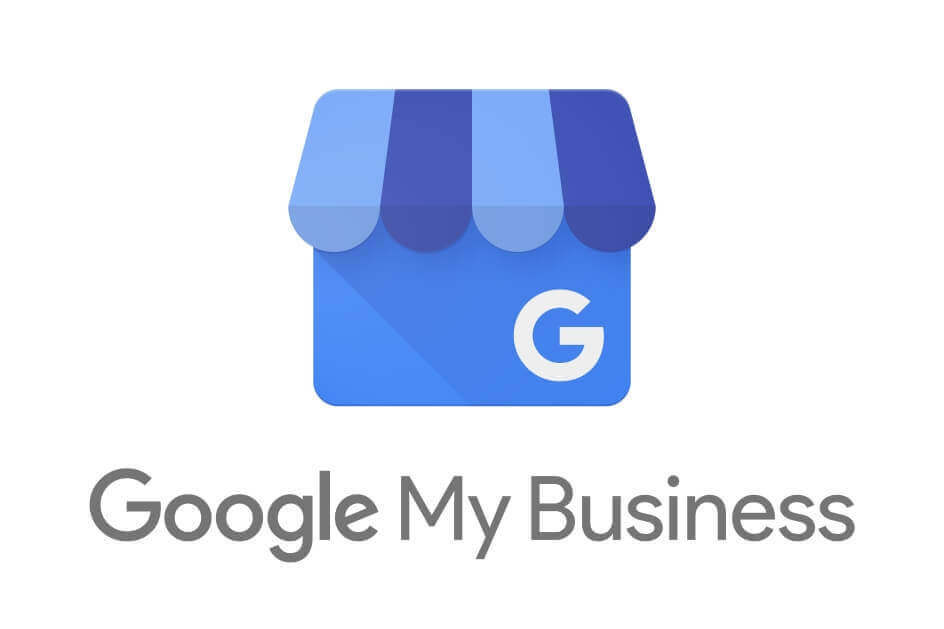Google has offered many tools, and Google my business is one of them. When conducting a search, approximately 92 percent of people do not look past the first page of Google results. Because Google processes approximately 40,000 searches per second, you must invest in the best content marketing, search engine optimization (SEO), and marketing services for your company.
But how can you ensure that your website receives the traffic it deserves?
You have come to the right place if you’re wondering, ‘How can I add my business to Google?’ Continue reading to learn how to get your business to the top of Google’s search results pages and attract the most relevant traffic.
#1 Create your Google my Business Listing
You’ve probably been wondering how to register for a Google business page if you want to increase the visibility of your new business website. The solution is to create a Google My Business listing on the search engine platform.
For more information, try searching ‘how to get my business on Google Maps.’ You will have different options for registering your GMB listing on any device. However, you’re likely to get a jumbled mess of results and countless overly-technical explanations about Google algorithms. Do not worry, as we’ve compiled a step-by-step list of what you need to do.
Step#1: Claim your business on Google My Business
To register your business with GMB, go to the official Google My Business page and click the sign-in button in the top right corner of your desktop screen. Just sign in to the Google account that you want to be associated with your listing.
After that, enter the name of your business into the search bar that appears. When you search for your business name- it will most likely come up. You can now claim your business listing by confirming that you are the owner of that business.
It’s also fine if it doesn’t appear. You can start the categorization process by creating a new listing.
Step#2: Categorize your Business
Google will prompt you to select the category that best describes your company. It will present you with a list of pre-defined categories that will appear as you begin to type your keyword into the search bar.
The category you select will determine which queries your business presents within Google’s directory. Once you’ve decided on it, it’s time to move on and enter specific information about your business.
Step#3: Add your Business Location
Entering your location is one of the most important aspects of creating a Google Business profile. This is crucial for targeting those in your location and ensuring that they appear at the top of local searches (those with the phrase ‘near me’ at the end).
What you must do is as follows:
- Choose whether or not you operate from a brick-and-mortar location
- If you select yes then now it’s time to enter your address
- The next step is to decide whether or not you provide the services outside of that location
- Now, enter your contact details.
Step#4: Verification
Finally, to register a business on Google, you must go through the verification process. You can have a business verification postcard sent to your address with the code you need to confirm its legitimacy. It will take a week or two, during which time you should not make any changes to your business information.
Log into your Google Business account once it arrives in your inbox. Simply, click the “verify now” button, enter the PIN from your postcard, and you’re done! Google should have a listing for your business.
#2 Make sure to use Google ads the right way:
When looking for ‘how to get my business on Google,’ another thing to consider is how to use Google Ads. This simple technique enables you to target the most relevant audience with your PPC advertisements, generating interest in your services.
Another factor to consider when researching ‘how to get my business on Google’ is how to use Google Ads. This straightforward method allows you to target the most relevant audience with your PPC advertisements, generating interest in your services.
Google Ads allows you to specify the primary goal of your ad campaign (e.g. driving traffic to a landing page or increasing store visits). It will specifically assist you in achieving the goal that you enter by targeting consumers who can assist you in meeting it.
Next, you’ll need to decide who will see your ads. Allow Google Ads to know where you want your ads to appear so that it can display them to local or global users based on your needs.
You can then add the images and text that will pique your audience’s interest in your page enough for them to click on your ad. After that, set your budget cap so that your ads only appear for as long as you can afford them. You can then go live and use the software to track the effectiveness of your ad campaign.
#3 Go for Search Engine Optimization:
You’ll need to invest in a good SEO campaign to get your website higher in Search Engine Results Pages (SERPs). This will assist you in adding a business to Google results in the highest possible position so that you can target the users who matter.

SEO is the practice of modifying aspects of your website to make it more appealing to both internet users and search engine crawlers. This will eventually boost your rankings and get you on Google’s first page, increasing your visibility and reaching your target audience.
On-page SEO vs. Off-page SEO
Any SEO marketing strategy has two components: on-page SEO and off-page SEO. You must invest in both of these strategies.
On-page SEO (also known as on-site SEO) refers to changes made to your website. Keyword research is one of the most important and common aspects of on-page SEO. Users must incorporate keywords—phrases that constitute common Google search queries—into their posts for them to be found when that query is entered.
Other factors of On-page SEO:
- Meta-tags
- HTML coding
- Quality content
- Title tagging for links
- Site map creation
- Image and video descriptions
Off-page SEO refers to manipulations that occur outside of your website. This typically refers to link-building and connecting with other relevant pages that aren’t your competitors. Linking to them in blog posts and having them link back to your site is an excellent way to increase visibility and authority.
Other factors of Off-page SEO:
- Social media management
- Press releases
- Reviews of your site
- Forum posting
- Entering into online directories.
Mobile ranking optimization:
Because 72 percent of people will access the web solely through the web by 2025 (and more than half already do), you must use local SEO services to target mobile users.

Make sure that most of your website’s outbound links direct users to local sites. It is important to target local keywords (advertising facility near me, advertising facility in New Mexico, etc.). Because so many mobile searchers are looking for nearby services, this is an excellent way to optimize for Smartphone users.
You should also ensure that on-page SEO is mobile-friendly. Check that your blog posts are easy to read on a Smartphone screen and that you have a drop-down navigation menu that works on mobile devices.
Also, desktop users are important. So, always prioritize mobile device compatibility over desktop view settings.
#4 Google apps and mobile ranking:
Google Apps is a collection of online applications that Google offers as a service. These applications, such as Gmail, Google Talk, and Google Calendar, do not require downloading or installation on a computer. Instead, you can automatically access them and their vast storage from your desktop or mobile device.
People can integrate Google applications with your business if you optimize for mobile rankings. When you run promotions, they will receive email alerts to their Gmail account (which also allows you to track your target audience and generate leads). Your hours and special events can be automatically added to users’ Google Calendars so that they are reminded of them.
Takeaway:
Now that you know how to get your business listed on Google search and keep it there, it’s time to invest in a service that uses high-quality content marketing to drive more traffic to your website.
It is important to add a business to Google. Now the question is how it can be done. The best solution is to hire professionals. You can get in touch with a digital marketing company that can help you with different digital marketing services and take your business to the next level!





